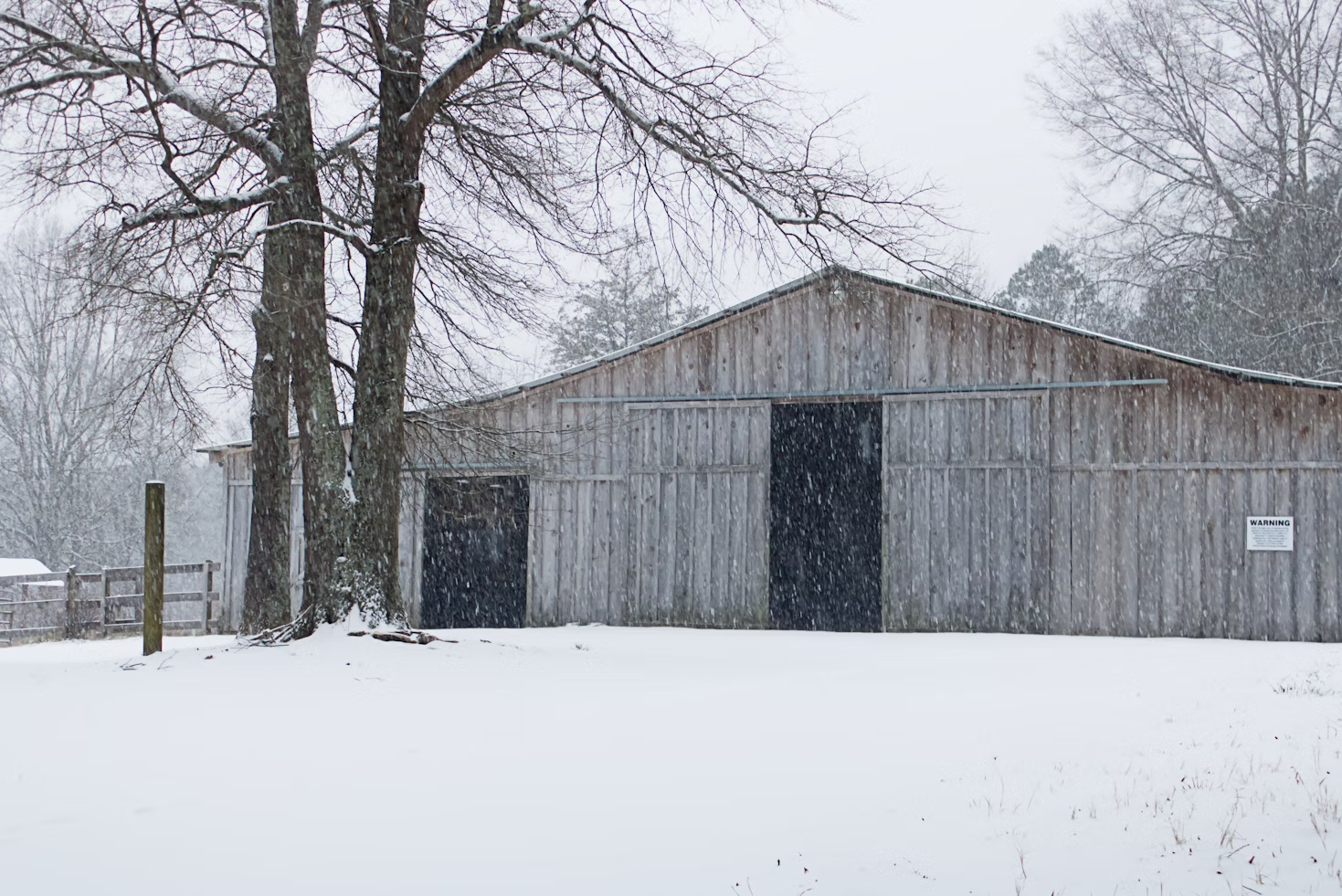
As winter approaches, it’s important to prepare your home for the cold, wet months ahead. One crucial aspect of winterizing your home is ensuring that your gutters are clean and functioning properly. Clogged or damaged gutters can lead to water damage, roof leaks, and even foundation problems. In this guide, we’ll walk you through the essential steps for cleaning and preparing your gutters for the winter, helping you avoid costly repairs and protect your home.
Why Gutter Maintenance is Essential Before Winter
Gutters play a vital role in directing rainwater away from your home’s roof, walls, and foundation. When gutters are clogged with leaves, twigs, or debris, they can’t function properly, causing water to overflow and potentially damage your home. During the winter months, melting snow and ice can exacerbate this issue, leading to ice dams, roof leaks, and even structural damage.
Properly maintained gutters help ensure that rainwater and melted snow are directed safely away from your home, protecting both the exterior and interior from water-related damage. Regular cleaning and maintenance also extend the lifespan of your gutters and prevent the need for costly repairs.
Step-by-Step Guide to Preparing Your Gutters for Winter
1. Inspect Your Gutters for Damage
Before you begin cleaning your gutters, it’s important to inspect them for any signs of damage. Look for any cracks, holes, rust, or loose brackets that may need to be repaired. If you notice any major damage, consider calling a professional to handle the repairs before winter sets in.
- Why It’s Important: Addressing damaged gutters early helps prevent water from leaking into your home during the winter, which could lead to mold or structural damage.
2. Clear Out Debris
The first step in preparing your gutters for winter is to clear out any leaves, twigs, dirt, or other debris that may have accumulated over the fall. Use a sturdy ladder to access your gutters and remove the debris by hand or with a small garden trowel. Wear gloves to protect your hands from sharp objects or bacteria that may be in the debris.
- Tip: If your gutters are especially clogged, use a hose to flush out any remaining debris after you’ve cleared the bulk of it. Be sure to direct the water into a safe area to avoid flooding.
- Why It’s Important: Clogged gutters can prevent water from flowing freely, leading to overflow and potential water damage. Cleaning the gutters ensures that water can flow easily during winter rains and melting snow.
3. Check and Clean Downspouts
In addition to cleaning the gutters themselves, it’s important to check the downspouts for clogs. Water can easily back up into your gutters if the downspouts are blocked. Use a plumber’s snake or a high-pressure hose to clear any obstructions in the downspouts.
- Tip: If you notice that the water isn’t flowing freely through the downspout, try using a wet-dry vacuum or a garden auger to break up the clog.
- Why It’s Important: Ensuring your downspouts are clear allows water to flow efficiently from the gutters to the ground, preventing water damage to your roof, walls, and foundation.
4. Install Gutter Guards
One of the best ways to keep your gutters clean throughout the winter is by installing gutter guards or covers. These devices fit over your gutters and prevent leaves, twigs, and other debris from entering while allowing water to flow freely. Gutter guards are particularly useful in areas with heavy tree cover or frequent storms.
- Why It’s Important: Gutter guards reduce the frequency of cleaning and help prevent clogs, especially during the fall and winter when leaves and debris tend to accumulate. This also minimizes the risk of ice dams forming in clogged gutters.
5. Check for Proper Water Flow
Once your gutters and downspouts are clean, it’s important to check for proper water flow. Use a hose to run water through the gutters and observe the flow. Make sure water is flowing smoothly from the gutters to the downspouts and that there are no leaks, standing water, or pooling.
- Why It’s Important: Water that doesn’t flow properly can lead to ice dams, which form when water backs up in clogged gutters and refreezes. This can cause extensive damage to your roof, gutters, and even the interior of your home.
6. Repair or Replace Damaged Gutters
If you find any cracks, holes, or damaged sections during your inspection, repair them immediately. Small cracks can be sealed with silicone caulk, while larger holes may require patching or replacement sections. If your gutters are old and heavily damaged, it might be time to consider replacing them entirely.
- Why It’s Important: Repairing damaged gutters before winter sets in helps avoid major problems during freezing temperatures. If water leaks into your home, it can cause serious damage to your roof and foundation.
7. Trim Overhanging Branches
Trim back any overhanging branches near your gutters to prevent leaves and twigs from falling into your gutters during storms. Limbs that rub against the gutters can also cause damage over time, leading to more frequent repairs.
- Why It’s Important: Keeping branches trimmed helps minimize the amount of debris that enters your gutters, reducing the need for frequent cleaning and preventing potential blockages.
8. Consider Installing Heat Cables
In areas prone to freezing temperatures, consider installing heat cables along the roof and gutters to prevent ice dams. These cables melt snow and ice before they have a chance to accumulate in your gutters, reducing the risk of water backup and roof damage.
- Why It’s Important: Heat cables provide added protection against ice dams, ensuring that your gutters remain clear during the winter months and preventing costly repairs.
Conclusion
Preparing your gutters for winter is an essential step in protecting your home from water damage during the colder months. By cleaning your gutters, inspecting for damage, and taking preventive measures such as installing gutter guards and heat cables, you can ensure that your gutters function properly and avoid costly repairs. Regular gutter maintenance will help keep your home safe and dry throughout the winter season, giving you peace of mind during the harsh weather.







Leave a Reply